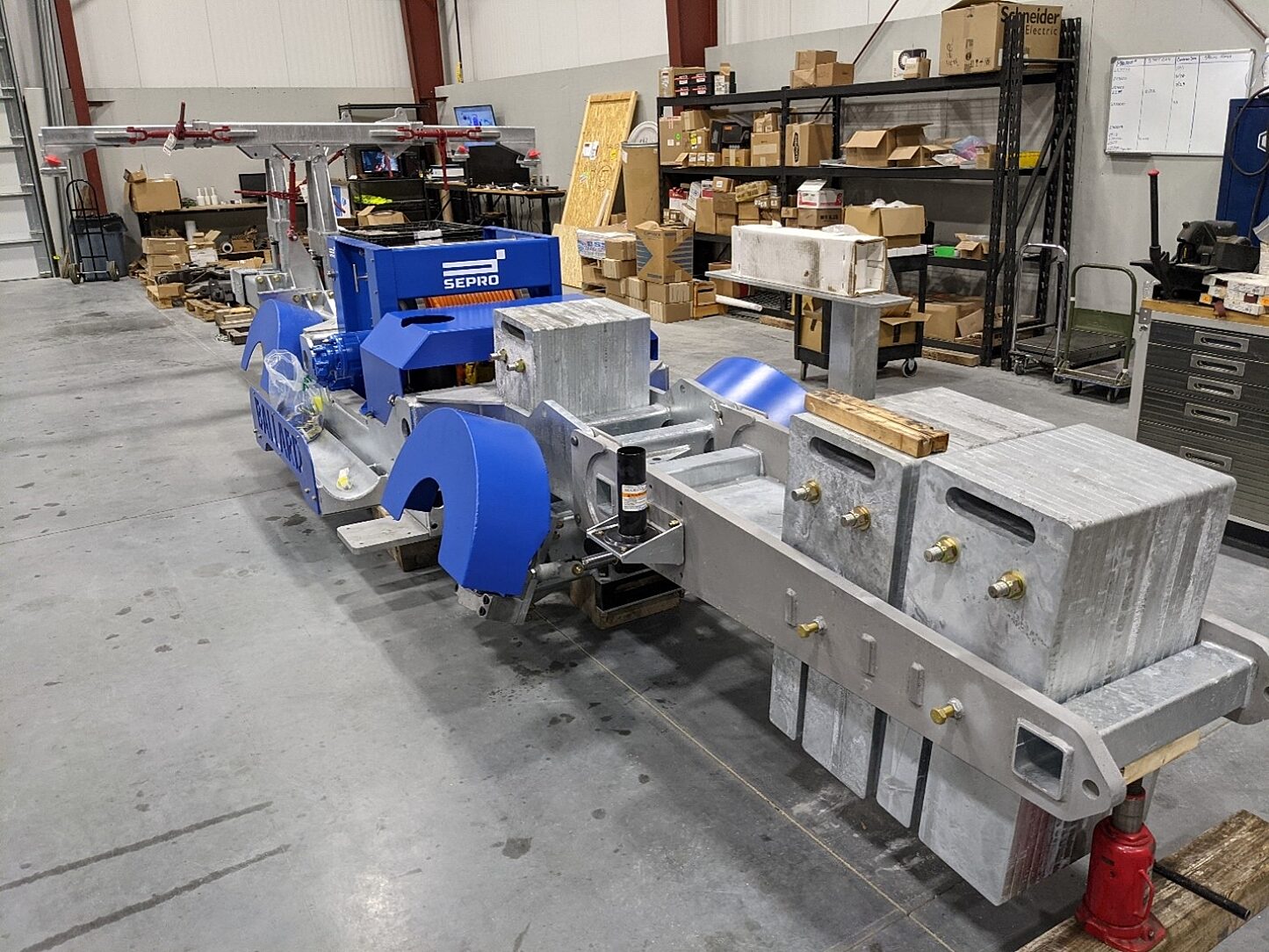OMAHA, NE UNITED STATES 2021
Valmont Coatings - Valley Galvanizing
By using a galvanized coating, the team would not be introducing disruptive or harmful elements in to the eco-system.
Our nation’s infrastructure plays a critical role in supporting our quality of life and economy. In the 2021 Report Card for America’s Infrastructure, the American Society of Civil Engineers scored the condition of our infrastructure using a simple A to F grading format. The evaluation includes 17 different categories with grades ranging from D- to B and the overall score came in at a C-. The report identifies major issues across all categories that governments and private companies alike seek to solve with new innovations.
The nation’s system of 2.2 million miles of underground pipes that deliver safe, reliable drinking water scored a C-. The aging system is underfunded and with a water main break every two minutes, we lose an estimated six billion gallons of treated water every day. Replacement of damaged tunnels requires long lead-times, service interruptions, and large investments. When contracted to address portions of Detroit’s freshwater tunnels in 2018, Ballard Marine Construction collaborated with Kelly Pipe to develop an innovative solution. Rather than replacing the cracking and degraded portions of the tunnel, the companies worked together to create a method of relining the existing structure. This new process would extend the life of the water utility without interruptions to service for a much lower price.
The new 2512-01 underwater pipe carrier was designed to assist a team of divers with the installation of stainless-steel liner plates during off peak hours. The forklift style device is broken down in to five sections that fit through 7’ diameter access shafts and are easily assembled by the divers underwater. Liner segments are also brought down the shaft and assembled on the carrier for transportation to the installation point hundreds of feet down the tunnel. After the pipe sections have been installed, they are grouted in place and become an integral part of the tunnel.
The carrier had to be operational when fully submerged creating technical challenges related to electrical safety and protection from the water itself. The corrosivity of water is dependent on a variety of factors including dissolved gasses, hardness/mineral rate, flow rate and other ions/chlorides. Regardless of these numbers, the fact remains that water is corrosive. With several steel components included in the design, project members realized a durable method of corrosion protection was an absolute necessity. Options were limited due to the harsh environment, rugged work requirements and safety of the population’s drinking water. Only one method stood out as an effective choice and that was hot-dip galvanizing.
Hot-dip galvanizing has a history of performing very well in fresh water. Like paint, it provides barrier protection but unlike paint, a galvanized coating does not produce pinholes due to its tightly bonded intermetallic zinc layers. The sacrificial cathodic protection and zinc patina provide additional durability and longevity benefits compared to alternatives. Zinc is also a naturally occurring element that already exists in the environment, including in drinking water.
This project was powered by a CIC Pittsburgh Galvanizing furnace.
